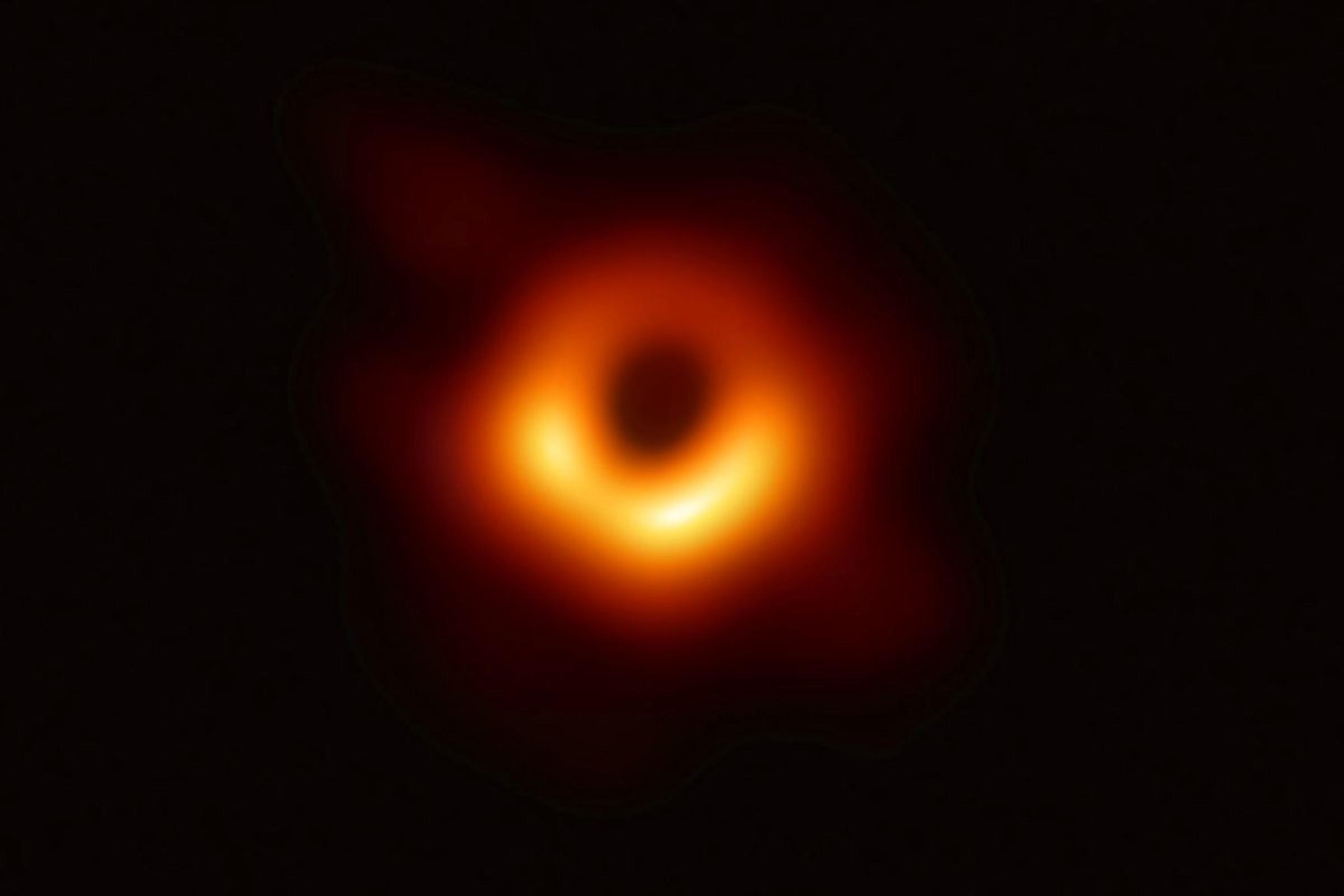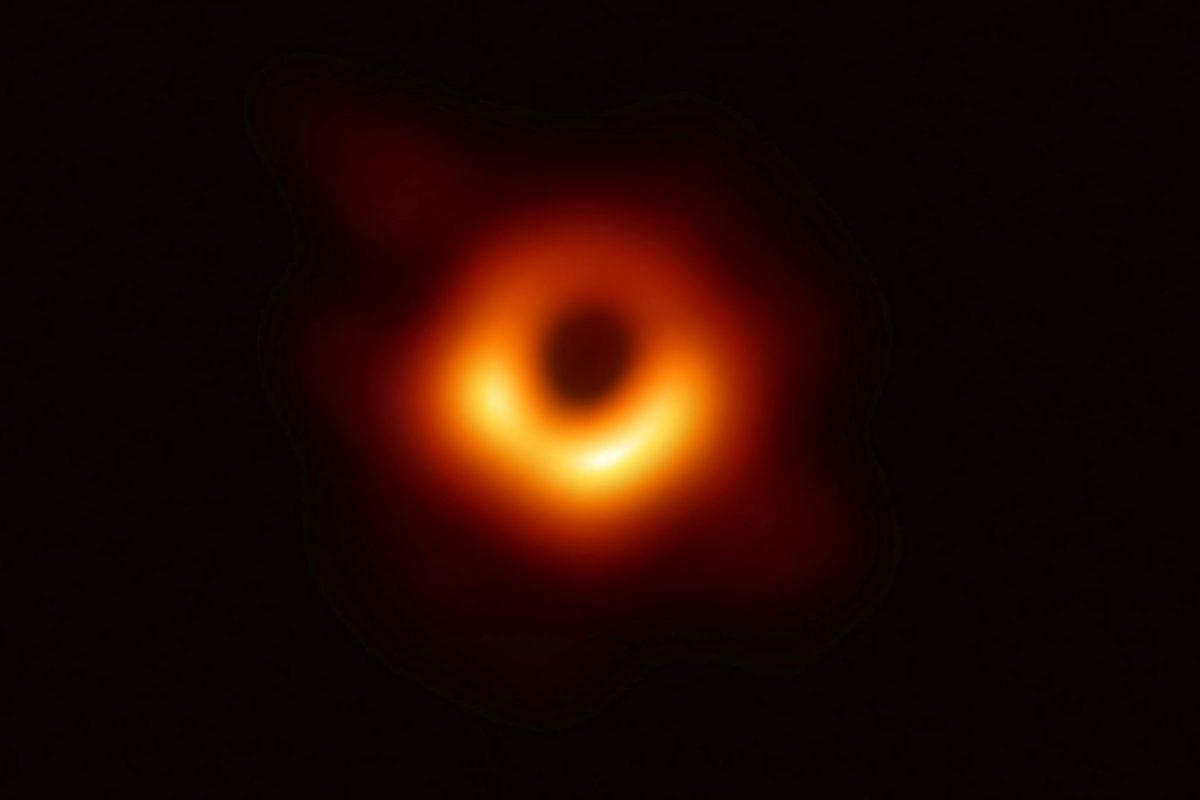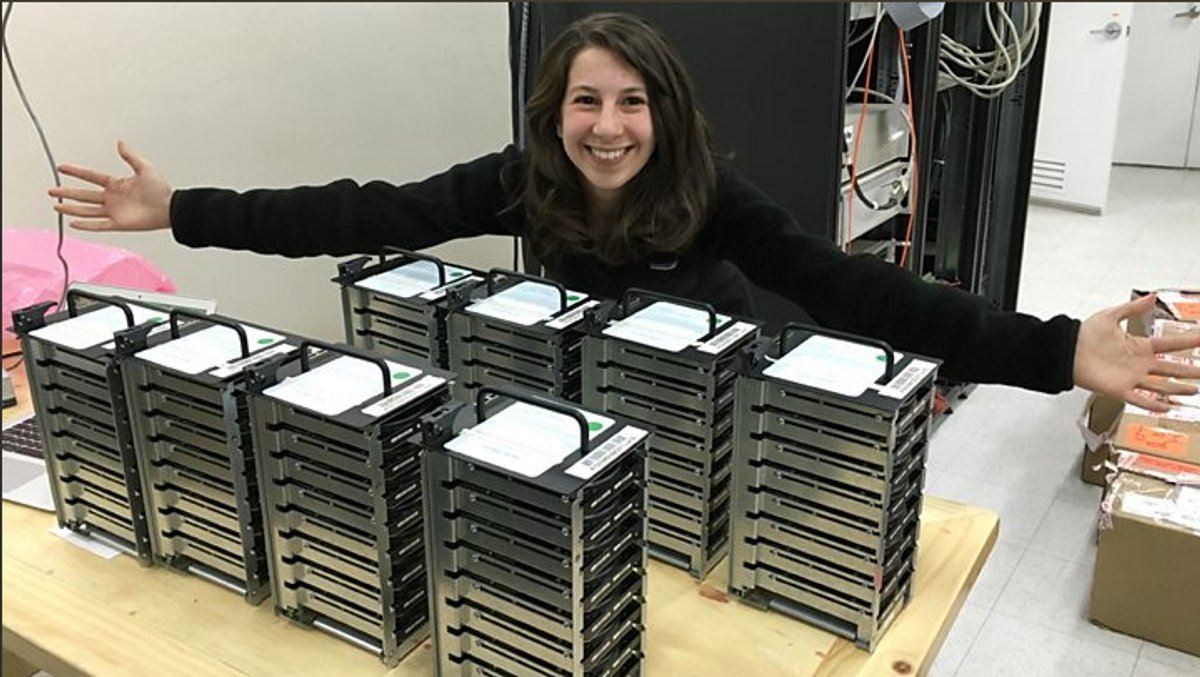Science

Seeing the unseeable….a black hole
On Wednesday 10 April, we were treated to seeing the first ever image of a black hole. A black hole is an object of such incredible mass that it has enormous gravity that is so intense that even light cannot escape. The supermassive black hole that has been imaged lies in the heart of the Messier 87 (M87) Galaxy in the Virgo galactic cluster. The M87 black hole is located 55 million light-years from Earth. It has a mass 6.5-billion times that of our Sun, all contained within an infinitely small point, called a singularity.
It is believed that black holes lie at the centre of most galaxies, including our own Milky Way. Einstein’s theory of general relativity predicted the existence of black holes, objects that are so massive that they bend the path of light to the point of no escape.
The story of international collaboration, persistence and ingenuity behind the image is as amazing as the image itself. The degree of resolution required to image the black hole has been compared to taking a photo from Earth of an orange on the Moon. To do so, calculations show that the telescope would need to be the size of Earth itself. How could this be possible?
Katie Boumann is a computer scientist who, working at MIT for her doctorate, created an algorithm that made the historic image possible. In quoting Mick Jagger, she states “You can’t always get what you want, but if you try sometimes…You get what you need!” In combining data from eigh radio telescopes positioned around the world, from locations such as Hawaii, Mexico, Sierra Nevada, Chilean desert, Germany, MIT in the US and Antarctica, we have, in effect, a telescope as big as the Earth. The telescopes gathered light (radio waves of wavelength, 1.5 mm) being warped by the gravity of the M87 black hole and bending around it.
Image: Katie Boumann
The vast amounts of data captured by the eight telescopes that form the EHT (Event Horizon Telescope) were so large that they could not be stored online. Instead, astronomers had to carry the data collected around the world on helium-filled hard drives.
The coloured ring seen shows the light as it passes through the hot, swirling gases that orbits the mouth of the black hole. Once these gases cross a point called the event horizon, they are drawn into the black hole to never return. The event horizon of the M87 black hole is 30,000 times larger than our Sun. One side of the ring is brighter than the other because the matter on this side is moving at very high speed towards us, whilst the other side is dark, as matter is moving away. The creation of this image is a story of human collaboration between the 200 or so scientists working on the project from different parts of the globe, and one of ingenuity, that inspires hope for our capacity to work together and to achieve great things.
For further information, the 2016 TED talk by Katie Boumann as a 26 year old university student from the US in which she outlines her plan to make the image is found here and a Veritasium video that explains the image in detail is found here.
Jacinta Devlin
Learning Leader: Science


